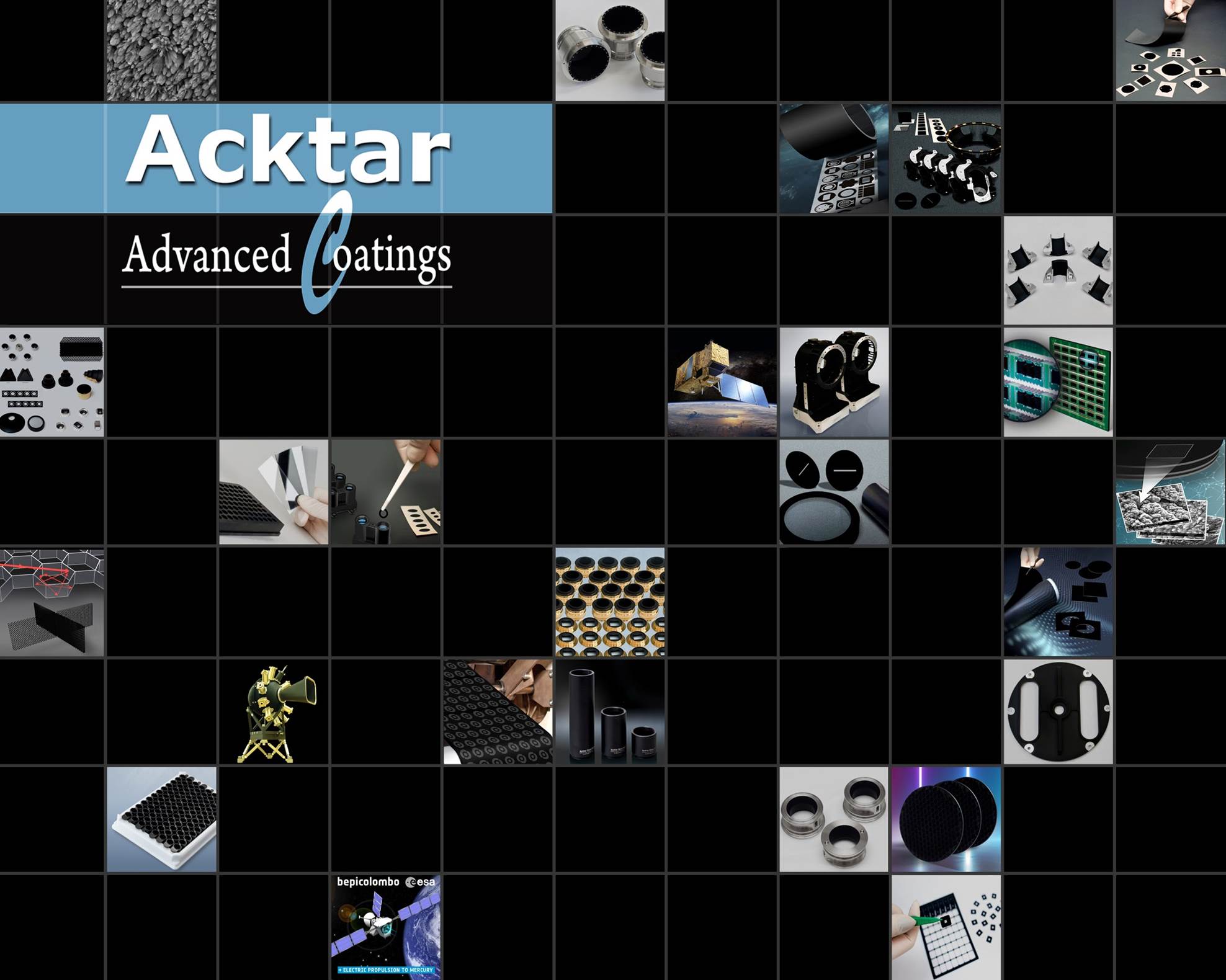Why is regular black paint not suitable for high precision optical instruments with sharp edges?

Regular black paint can cause unwanted diffraction, scattering, and aberrations in high precision optical instruments with sharp edges due to its tendency to accumulate on edges in a bubble form. This can lead to variations in surface shape and refractive index, which can severely affect the optical performance of the system.
To overcome this issue, Acktar deposition black coating offers a specialized solution that absorbs light and maintains a consistent thickness of 3-5 microns, allowing for sharp edge design. Since the edge remains sharp due to the very thin coating of Acktar, 3 to 5 microns, and the coating thickness is very uniform, it is possible to precisely simulate light scattering off the coated sharp edges using conventional simulation software such as Zemax, TracePro , and Light Tools.
The design and optimization of high precision optical instruments require a deep understanding of the underlying physics, including mathematical descriptions of diffraction and interference phenomena. The Acktar deposition black coating has a long heritage of being applied in numerous space projects and is ESA’s exclusive supplier of optical black coatings. The coating offers a wide range of thermal cycle durability and extreme temperature endurance, ranging from 4 to 652 Kelvin, while maintaining adhesiveness and absorbance.
Overall, Acktar deposition black coating has become the number one choice for industries that require precise optical instruments. With its ability to maintain a consistent thickness and absorb light, it provides a solution to the limitations of regular black paint in high precision optical instruments with sharp edges, offering superior ray design and accurate prediction of light propagation, intensity distribution, and aberrations in optical systems.
Do you have a question? Our experts will be happy to hear from you and advise you on the best product for you. Contact Us.

